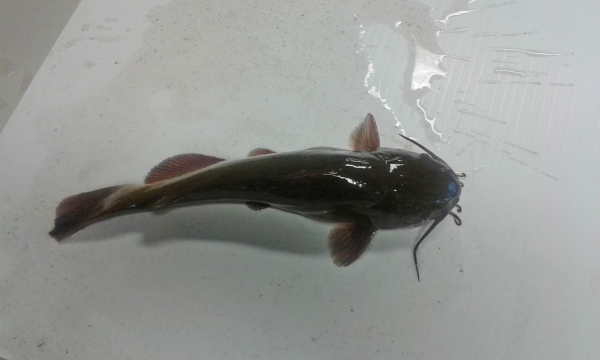"Business as usual won't suffice." That's the message from Bay of Plenty Regional Council's biosecurity team leader Shane Grayling, who is leading the fight against catfish in Lake Rotoiti, the only known incursion in the region.
So far extensive netting and installation of a cordon has not been effective in controlling the catfish population. By March 2018, catfish were detected in most of western Lake Rotoiti and the Ohau Channel. The pest fish have potentially already invaded Lake Rotorua.
Nearly 35,000 catfish were caught in Lake Rotoiti in the year to June, more than 10 times the number the year before. Seven-thousand were caught in one night in Te Weta Bay.
A NIWA research programme—Control of Invasive Fish—is working with Bay of Plenty Regional Council this year to create novel tools to support the catfish control programme.
This year the Council will fund the purchase and deployment of a novel bait to test if the bait can enhance catfish capture rates in Te Weta Bay. Bait bags containing the attractant will be added to fyke nets distributed around the margins of the bay.
SCUBA surveys of catfish nests in Te Weta Bay will also be carried out during this upcoming summer to document the habitat and spatial distribution of catfish nests to inform a targeted removal programme.
Both the SCUBA surveys and bait method will be important in informing pest fish removal and providing alternate methods for cost effective control of pest fish species.


